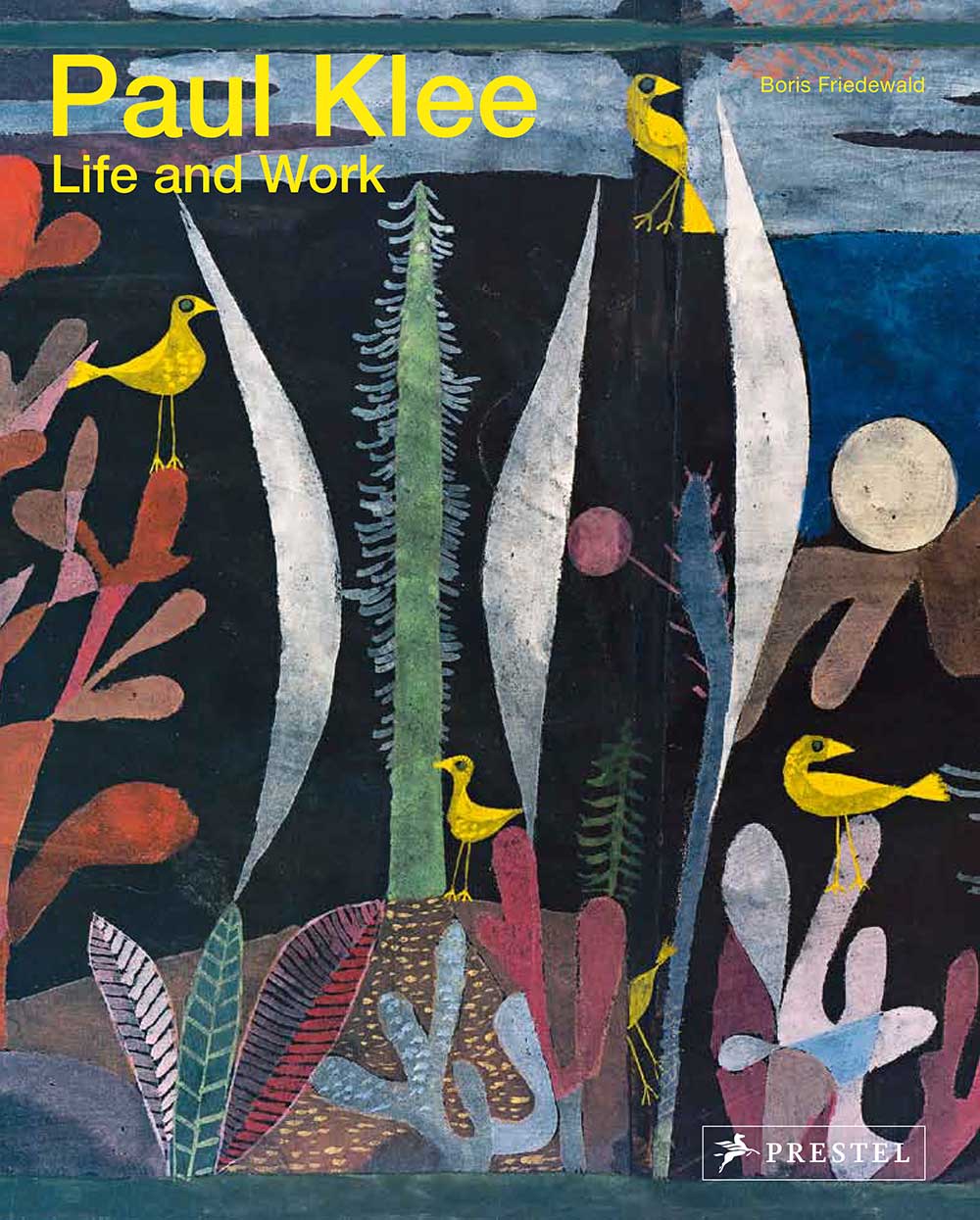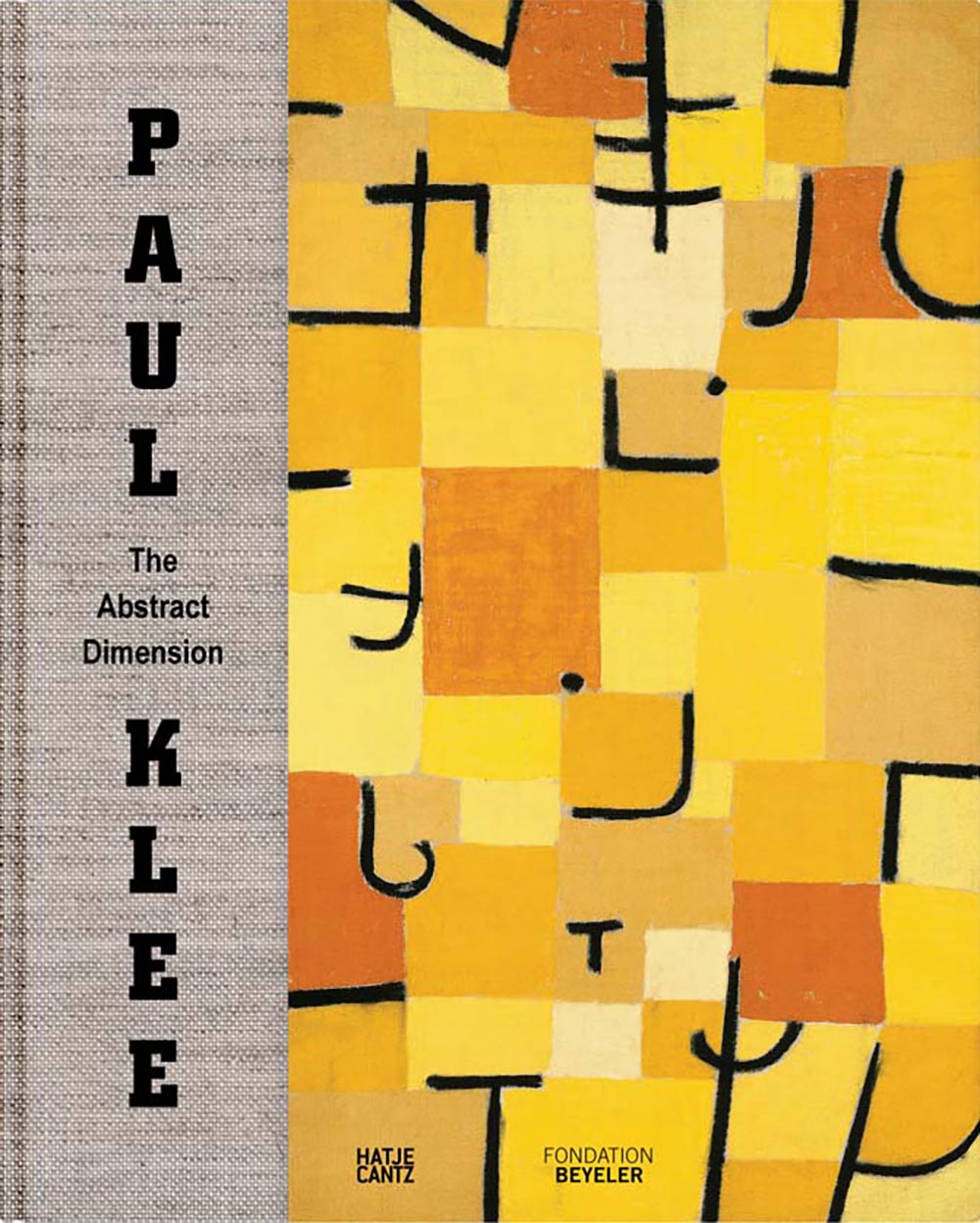Klee and America
Edited by Josef Helfenstein and Elizabeth Hutton Turner
Klee and America accompanies explores the reasons for Paul Klee's enthusiastic reception in the United States, especially during the 1930s and 1940s. While the artist was targeted in Hitler's campaign against "Degenerate Art" and the European market for his work collapsed in 1933, his reputation grew among several key American collectors and museum curators, several of whom laid the groundwork for Klee's later success in the US. These critical early figures included the dealers Galka Scheyer and J.B. Neumann, the collectors Katherine Dreier and Walter and Louise Arensberg, and the founder of the Museum of Modern Art, Alfred Barr. Jr. The publication presents an impressive selection of Klee's finest "American" works from that period, including both paintings and drawings.
Exhibition schedule:· Neue Galerie New York, March 10-May 21, 2006 · The Philips Collection, Washington, D.C., June 17-September 10, 2006 The Menil Collection, Houston, October 6, 2006-January 14, 2007
Publisher: Hatje Cantz, Menil
Artists: Paul Klee
Contributors: Josef Helfenstein, Elizabeth Hutton Turner, Jenny Anger, Vivian Endicott Barnett, Michael Baumgartner, Bradford Epley, Christa Haiml, Charles W. Haxthausen
Designer: Public Address Design
Printer: Dr. Cantz\sche Druckerei, Ostfildern-Ruit, Germany
Publication Date: 2006
Dimensions: 9 3/4 x 11 3/4 in | 24.50 x 30 cm
Pages: 316
Reproductions: 216
ISBN: 9783775717236
Retail: $55 | £43 | €51
Status: Not Available
Paul Klee
Paul Klee was born as a German citizen in Münchenbuchsee near Bern, Switzerland, in 1879. In 1911, he had his first solo exhibition at the Galerie Thannhauser in Munich. In the same year, he met fellow artist Wassily Kandinsky and became acquainted with the expressionist group Der Blaue Reiter (The Blue Rider), exhibiting with them at their second show in 1912. Later that year, after becoming familiar with the art of Pablo Picasso, Georges Braque, and Robert Delaunay during a trip to Paris, Klee began incorporating cubist and other innovative colorist techniques and ideas into his own distinct practice. Two years later, in 1914, Klee traveled to Tunisia with his friends, the artists August Macke and Louis Moilliet, a revelatory experience that the artist credits with further awakening him to color. In 1921, he was appointed to the faculty of the Bauhaus by Walter Gropius, the founder and first director of the school, where he taught and worked as a “form master” from 1921 to 1925, while the school was in Weimar, and as a professor from 1926 to 1931, when the school was located in Dessau.



